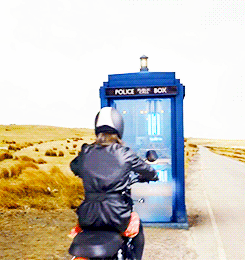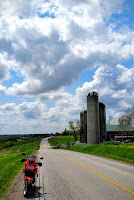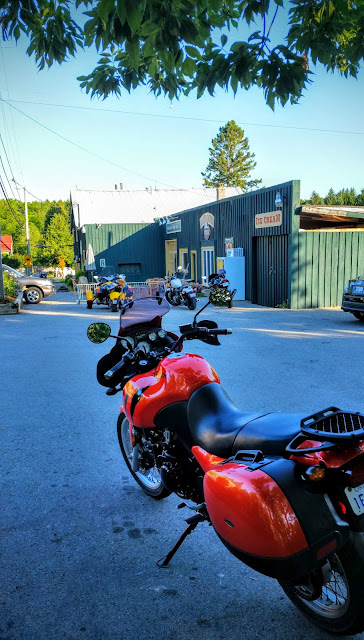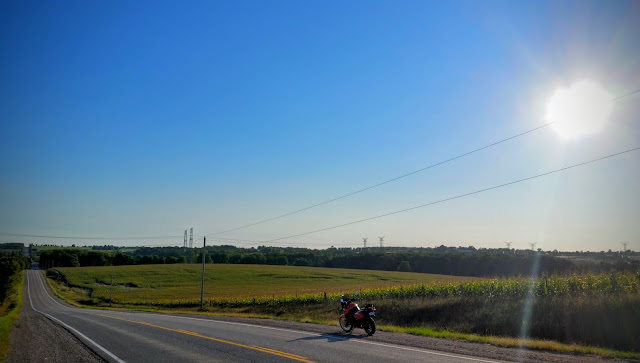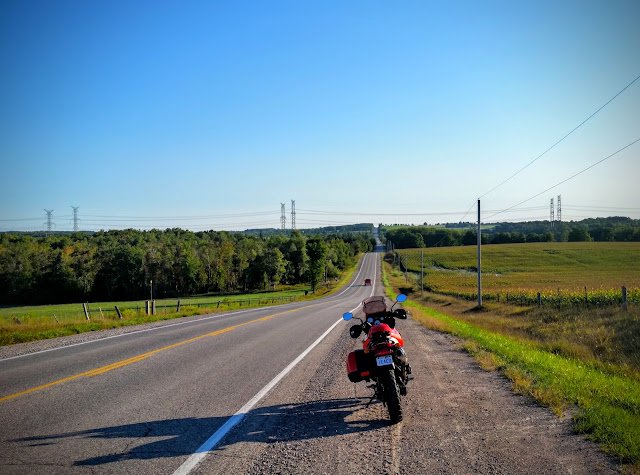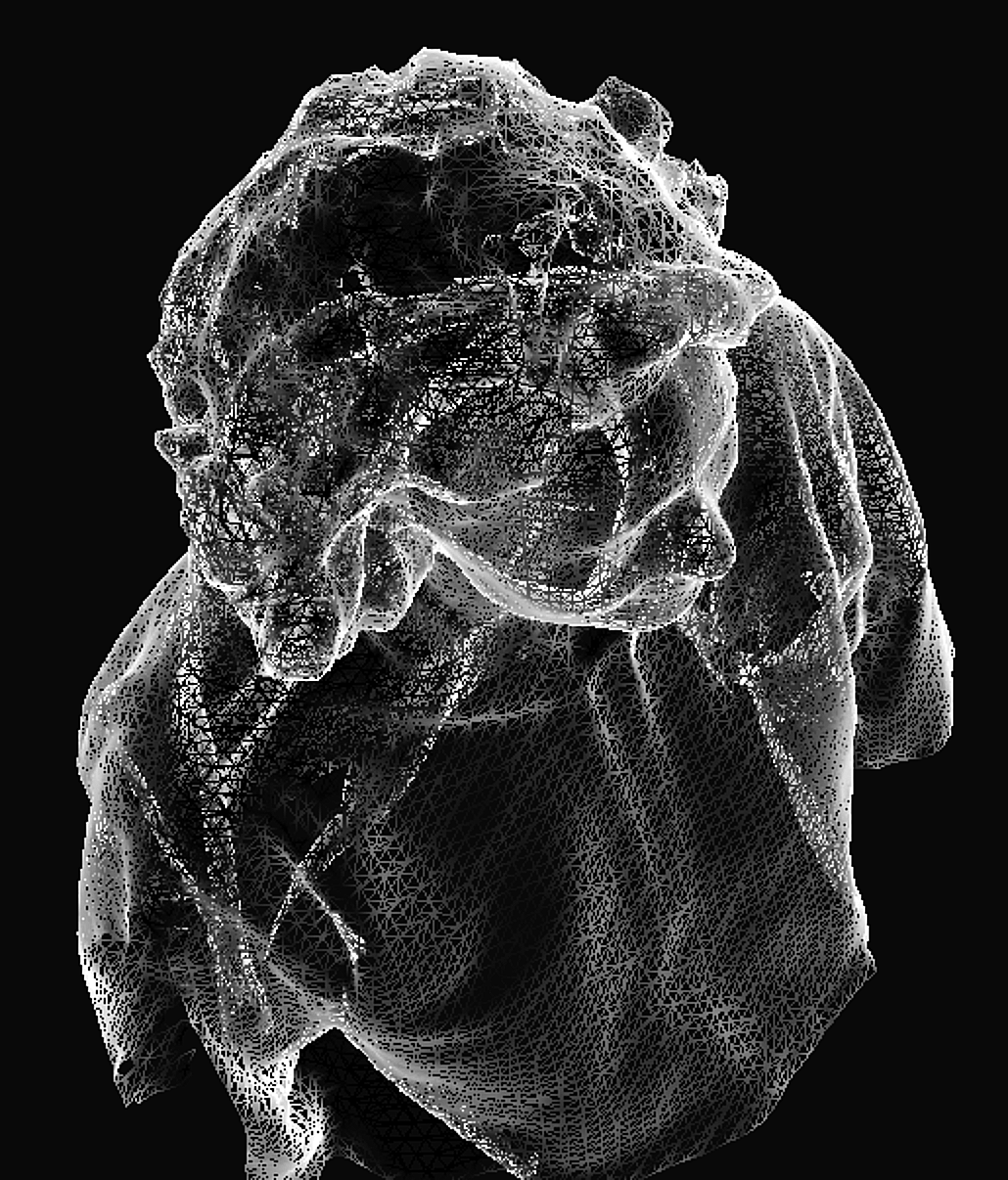 |
|
Failures, repeated failures, are finger posts on the road to achievement. One fails forward toward success. – C.S. Lewis
|
Four years ago I decided to show what we know in the information technology focused computer engineering course I teach at Centre Wellington DHS. The Skills Canada I.T. and Networking Administration contest seemed custom tailored to do that for us. That first year we took two competitors down to Guelph and finished second and third to an urban(e) high school in the regional competition. We took what we learned from that first round and applied again the next year, this time winning our way through to the provincial competition for the first time. Had we not known the competition by failing at it the first time, we never would never have been able to re-orientate ourselves and get out of the regional battle.
 |
| Can a small town school compete against massive, urban school boards? Yes, yes we can. |
At first glance it might look like those previous students failed, but they didn’t, they were part of something bigger than themselves that has succeeded. I know some people look at competitions like Skills Canada and wring their hands over how harsh it is on tender adolescent egos, but our failures made us better and our approach meant we were resilient in the face of those failures. Even when we were sending different individuals year on year there was a team feeling as new competitors read over the notes, advice and encouragement of now long graduated students (all of whom are enjoying post-secondary computer focused success). In many cases current competitors connected with grads through social media in order to further develop this mentorship.
The concept of no-fail learning is very academic in origin, no real-world learning process would consider such an approach viable. It’s unfortunately ironic that one of my best teaching experiences and a unique learning opportunity for many students has to happen outside of the classroom, where the many benefits of failure are still allowed to happen.
 |
| Our school mascot is a falcon… geddit? For the less sports focused among us, a predatory bird doesn’t really jive with what we’re doing. |

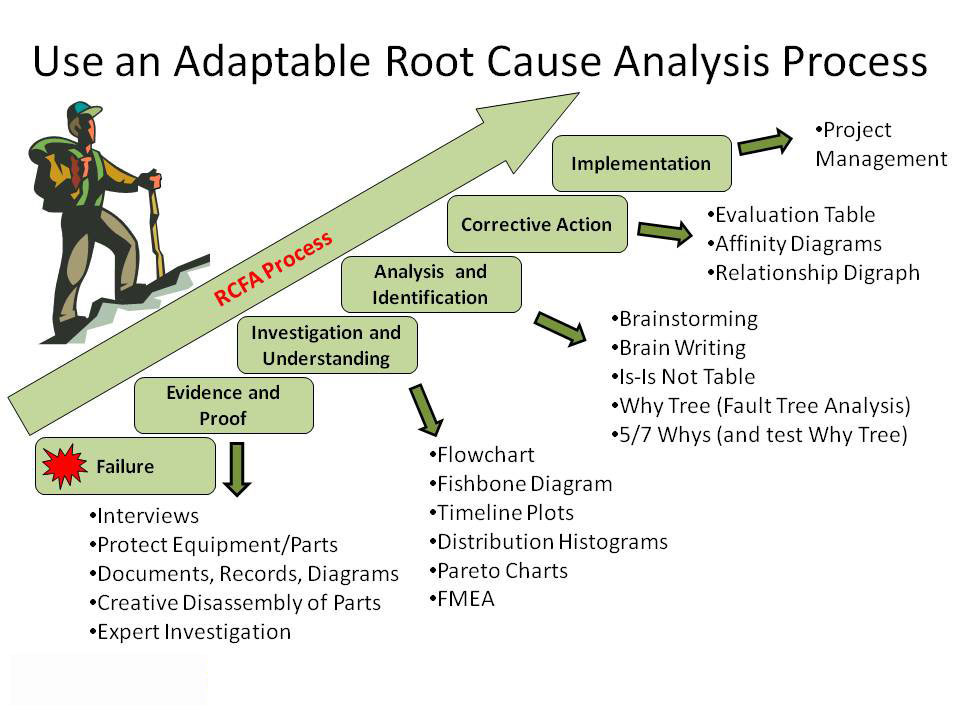
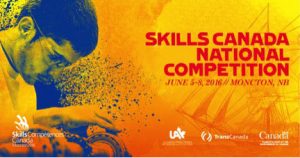



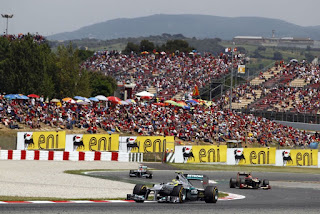

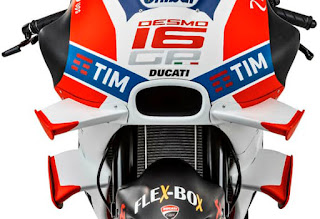

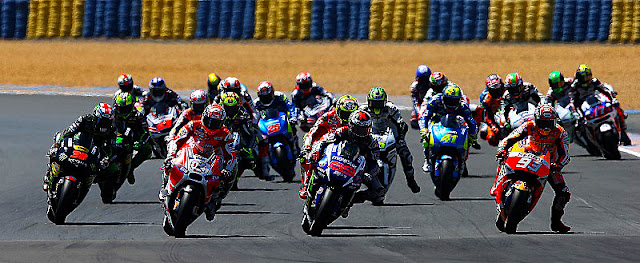
 Being an English immigrant to Canada in the ’70s, I’ve brought my childhood
Being an English immigrant to Canada in the ’70s, I’ve brought my childhood 






